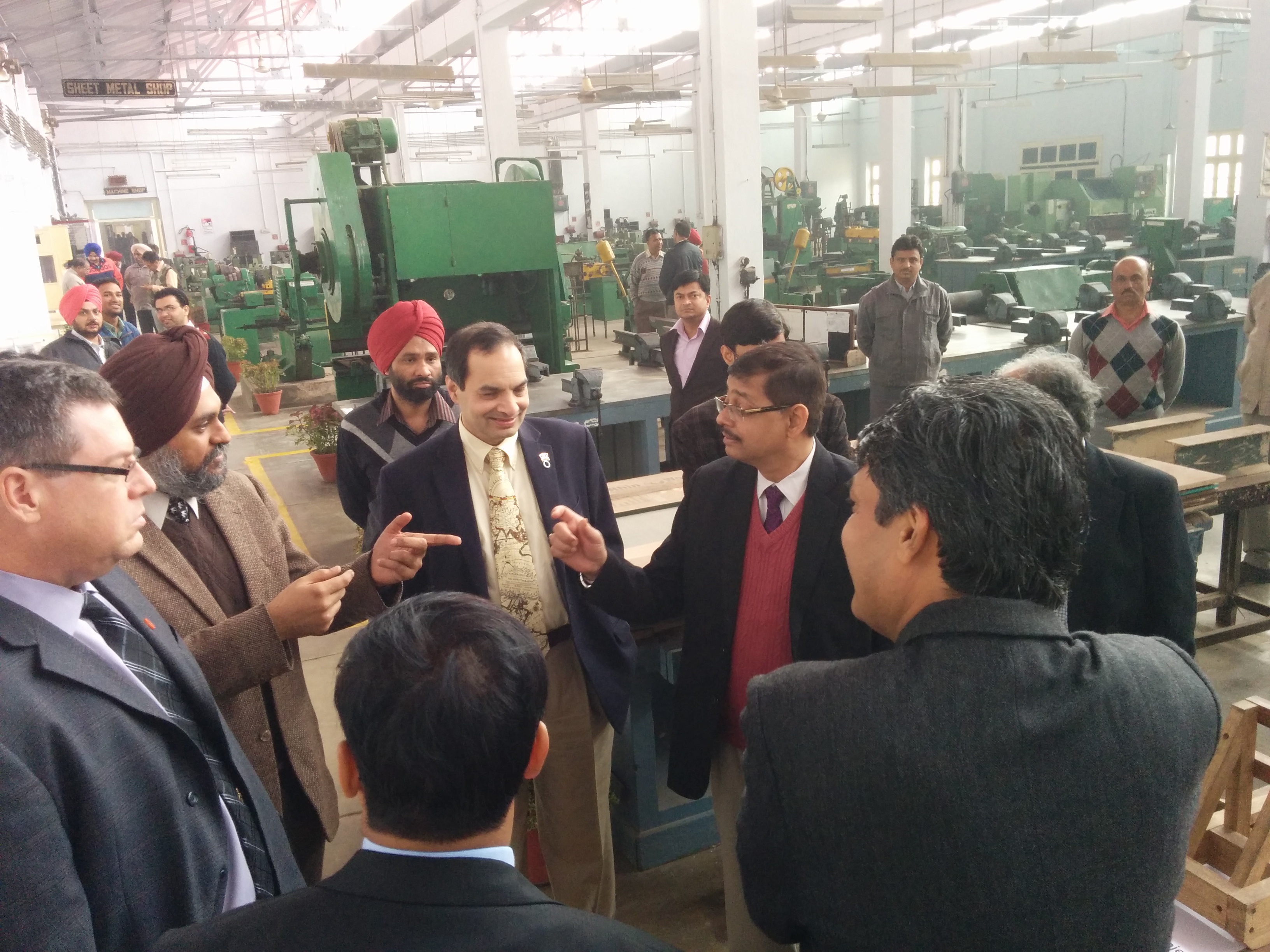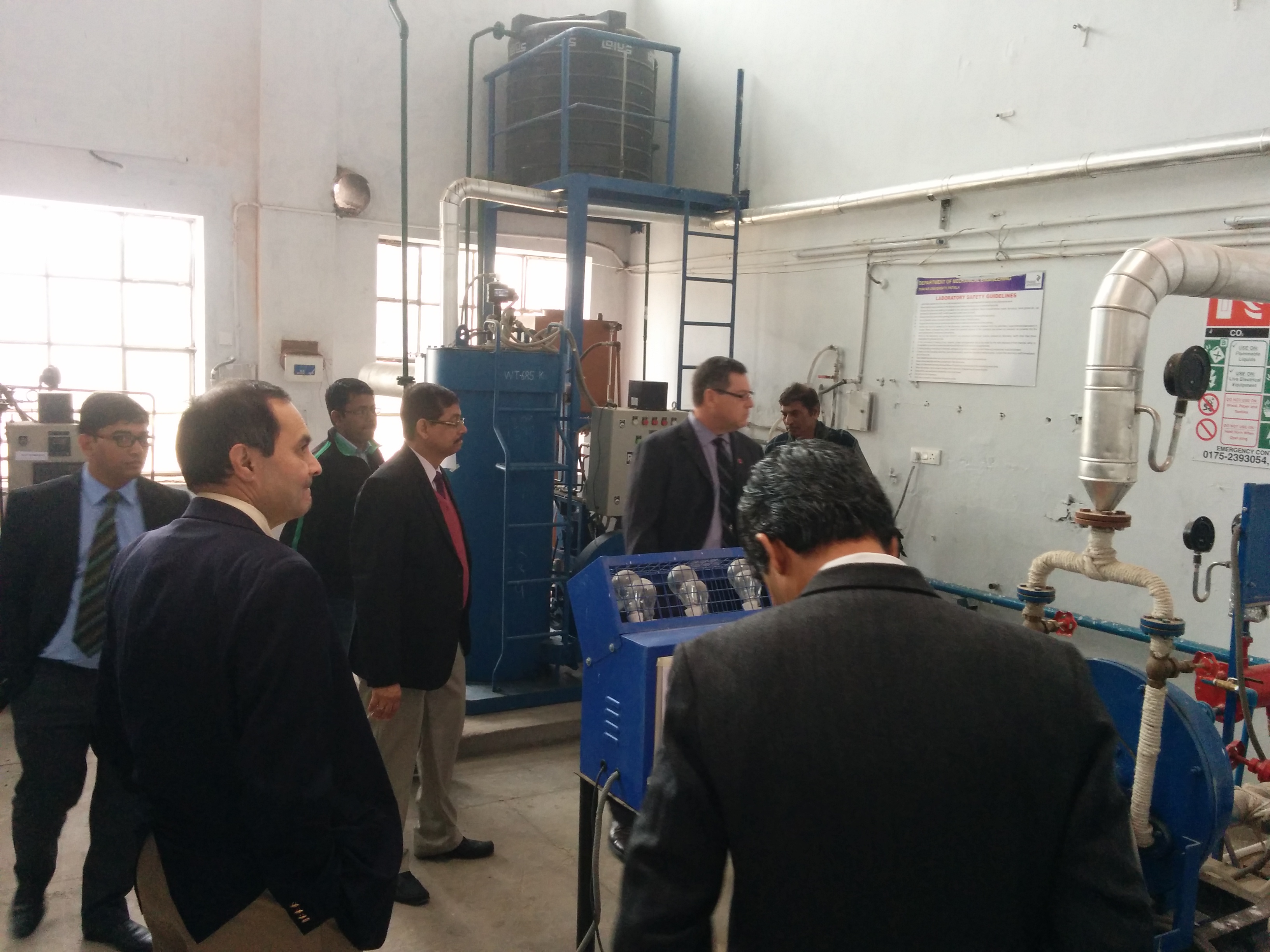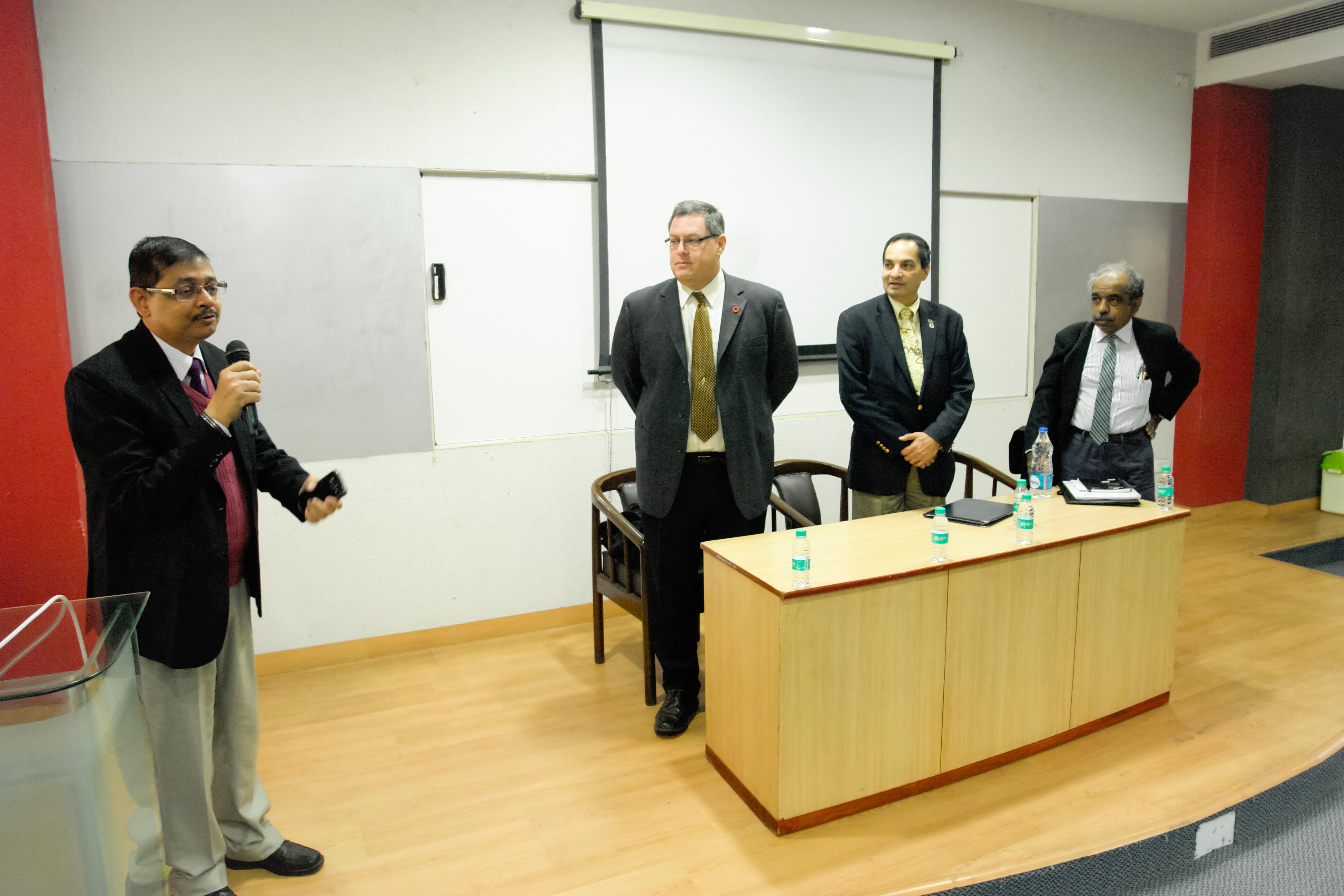ABET accreditation
ABET accreditation
The Mechanical Engineering Program B.Eng. (undergraduate program) is accredited by the Engineering Accreditation Commission of ABET, https://www.abet.org
Click here for more information
About ABET
ABET, incorporated as the Accreditation Board for Engineering and Technology, Inc., is a non-governmental organization that accredits post-secondary education programs in "applied science, computing, engineering, and engineering technology". The accreditation of these programs occurs mainly in the United States but also internationally. ABET accreditation is assurance that a college or university program meets the quality standards established by the profession for which it prepares its students. ABET promote excellence in technical education by focusing on continuous quality improvement processes, not by prescribing methods. With technological change occurring so rapidly, institutions seeking to ensure their programs are dynamically evolving participate in the ABET accreditation process.
ABET accreditation:
- Verifies that an educational experience meets the global standard for technical education in a profession.
- Enhances the employment opportunities—multinational corporations require graduation from an accredited program.
- Supports the entry to a technical profession through licensure, registration, and certification—all of which often require graduation from an ABET-accredited program as a minimum qualification.
- Establishes the eligibility for many federal student loans, grants, and/or scholarships.
- Paves the way to work globally, because ABET accreditation is recognized worldwide through international agreements, and many other countries’ national accrediting systems are based on the ABET model.
Program Educational Objectives
The Mechanical Engineering Program at Thapar Institute of Engineering & Technology is designed to prepare its graduates for continued learning and successful careers in industry, government, academia and consulting. Our graduates are expected to:
- 1. Apply their engineering knowledge, critical thinking and problem solving skills in professional engineering practice or in non-engineering fields or business.
- 2. Continue their intellectual development imbibing ability for lifelong learning by pursuing higher education or professional development courses.
- 3. Embrace leadership roles in their careers.
- 4. Innovate continuously for societal improvement and become a successful entrepreneur.
Student Outcomes
The students of undergraduate program in Mechanical Engineering will have
- an ability to identify, formulate, and solve complex engineering problems by applying principles of engineering, science, and mathematics.
- an ability to apply engineering design to produce solutions that meet specified needs with consideration of public health, safety, and welfare, as well as global, cultural, social, environmental, and economic factors.
- an ability to communicate effectively with a range of audiences.
- an ability to recognize ethical and professional responsibilities in engineering situations and make informed judgments, which must consider the impact of engineering solutions in global, economic, environmental, and societal contexts.
- an ability to function effectively on a team whose members together provide leadership, create a collaborative and inclusive environment, establish goals, plan tasks, and meet objectives.
- an ability to develop and conduct appropriate experimentation, analyze and interpret data, and use engineering judgment to draw conclusions.
- an ability to acquire and apply new knowledge as needed, using appropriate learning strategies.
Program Enrollment and Degree Data
| BE - Mechanical Engineering | |||||||||||||
| Academic Year | Status | Enrollment Year | Total Undergraduate | Total Graduate | Degrees Awarded | ||||||||
| 1st | 2nd | 3rd | 4th | 5th | Associates | Bachelors | Masters | Doctorates | |||||
| Current Year | 2021-22 | FT | 240 | 185 | 230 | 235 | 890 | 230 | |||||
| PT | |||||||||||||
| 1 year prior to current year | 2020-21 | FT | 191 | 231 | 232 | 223 | 877 | - | - | 194 | - | - | |
| PT | - | ||||||||||||
| 2 years prior to current year | 2019-20 | FT | 222 | 232 | 223 | 198 | 875 | 130 | |||||
| PT | - | ||||||||||||
| 3 years prior to current year | 2018-19 | FT | 214 | 223 | 198 | 133 | 768 | 128 | |||||
| PT | - | ||||||||||||
| 4 years prior to current year | 2017-18 | FT | 208 | 198 | 133 | 139 | 678 | 121 | |||||
| PT | - | ||||||||||||
| Onroll as on 10-11-2021 | |||||||||||||
| Onroll as on 05-03-2021 | |||||||||||||
| Onroll as on 03-06-2020 | |||||||||||||
| Onroll as on 25-04-2019 | |||||||||||||
| Onroll as on 28-04-2019 | |||||||||||||



